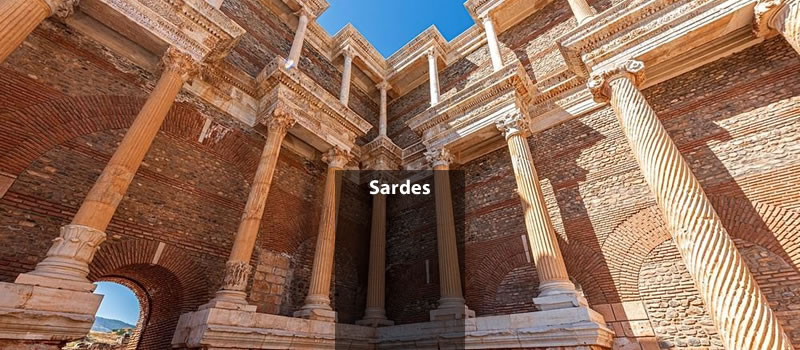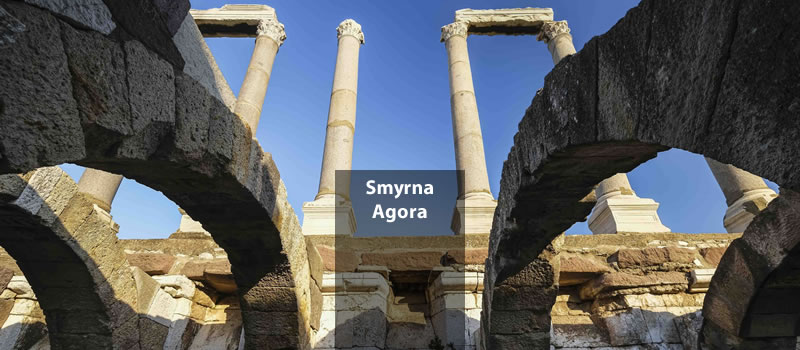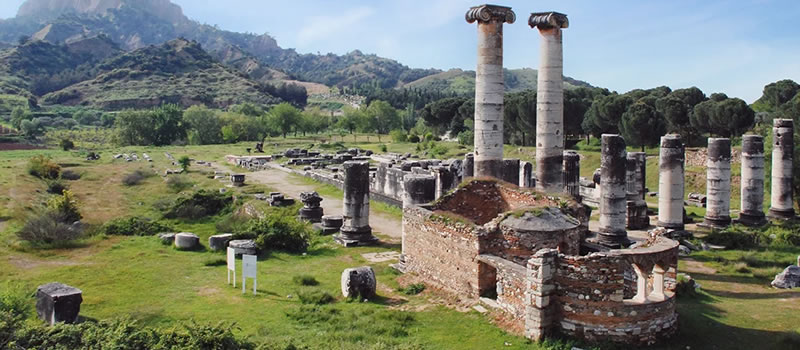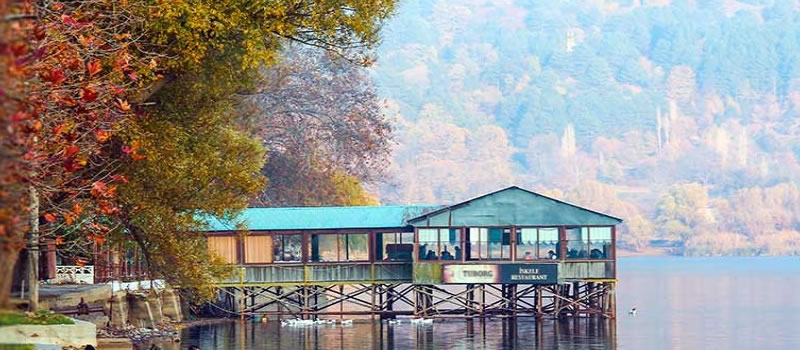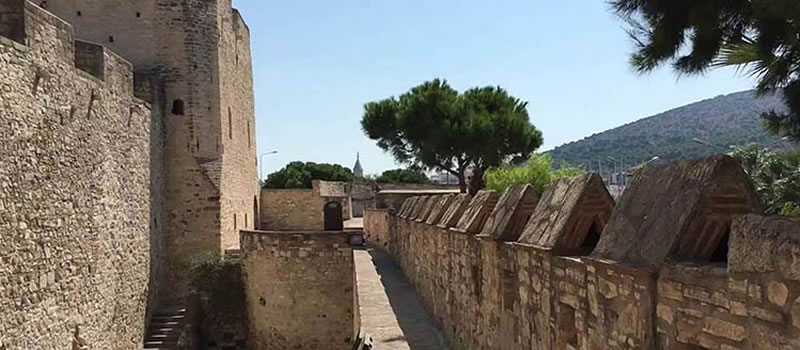The Jewel Carved in the Rocks of the Black Sea Sumela Monastery

Located within the borders of Trabzon province in the northeast of Turkey, the Sümela Monastery is situated on a rocky slope within a valley of magnificent natural beauty. This monastery, with its historical and spiritual significance, stands out as one of the most impressive structures in the Black Sea Region.
The history of the Sümela Monastery dates back to the 4th century BC. Dedicated to the Virgin Mary, the monastery's surviving remnants are mainly attributed to the late 13th and early 14th centuries. However, the present-day appearance of the monastery largely stems from the early 19th century. Over time, the Sümela Monastery has undergone various renovations and expansions.
Situated in the Altındere National Park, the monastery is carved into a steep rock surface, resembling a cave. The structure is set amidst breathtaking natural beauty that captivates visitors. The monastery consists of three main sections: the Main Church, the Chapel of Saint Varlaam, and the Eastern Gate. The Main Church is the largest and central part of the monastery, featuring walls adorned with frescoes, a wooden iconostasis, and architectural details reflecting the characteristics of its era.
Throughout its history, the Sümela Monastery has been influenced by various cultures and civilizations, including the Byzantine Empire, Seljuk Turks, and the Ottoman Empire. It has been protected and restored by different governments. The monastery is considered a significant religious center in the history of Christianity, attracting pilgrims from various backgrounds.
Offering an unforgettable experience to visitors, the Sümela Monastery requires caution due to its construction on steep slopes. Adhering to safety rules is crucial. Additionally, it is recommended to allocate time to explore the natural beauty surrounding the monastery.
The Sümela Monastery is a unique structure that combines history, culture, and natural beauty. Welcoming thousands of visitors annually, this monastery stands as a symbol enriching both Turkey's and the world's religious and historical heritage.The history of the Sümela Monastery dates back to the 4th century BC. Dedicated to the Virgin Mary, the monastery's surviving remnants are mainly attributed to the late 13th and early 14th centuries. However, the present-day appearance of the monastery largely stems from the early 19th century. Over time, the Sümela Monastery has undergone various renovations and expansions.
Situated in the Altındere National Park, the monastery is carved into a steep rock surface, resembling a cave. The structure is set amidst breathtaking natural beauty that captivates visitors. The monastery consists of three main sections: the Main Church, the Chapel of Saint Varlaam, and the Eastern Gate. The Main Church is the largest and central part of the monastery, featuring walls adorned with frescoes, a wooden iconostasis, and architectural details reflecting the characteristics of its era.
Throughout its history, the Sümela Monastery has been influenced by various cultures and civilizations, including the Byzantine Empire, Seljuk Turks, and the Ottoman Empire. It has been protected and restored by different governments. The monastery is considered a significant religious center in the history of Christianity, attracting pilgrims from various backgrounds.
Offering an unforgettable experience to visitors, the Sümela Monastery requires caution due to its construction on steep slopes. Adhering to safety rules is crucial. Additionally, it is recommended to allocate time to explore the natural beauty surrounding the monastery.


















